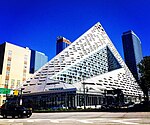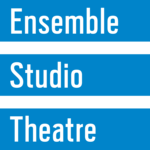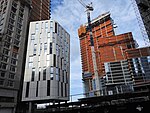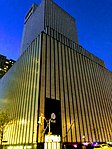Terminal 5 (venue)
Drinking establishments in ManhattanHell's Kitchen, ManhattanManhattan building and structure stubsMusic venue stubsMusic venues in Manhattan ... and 1 more
Nightclubs in Manhattan
Terminal 5 is a New York City music venue in Hell's Kitchen, Manhattan, located at 610 West 56th Street west of Eleventh Avenue. It has a multi-level event site with five distinct room environments and a capacity of 3,000 people.Alcoholic beverages are served during events along with light snacks. On most nights, a smoking section and bar are open on the roof deck. The venue is operated by The Bowery Presents. The venue was formerly a nightclub called Club Exit (also known as Mirage and Carbon) until its closure by the Drug Enforcement Administration in 2003. Subsequently, Bowery Presents acquired and renovated the venue for live music shows.
Excerpt from the Wikipedia article Terminal 5 (venue) (License: CC BY-SA 3.0, Authors).Terminal 5 (venue)
West 56th Street, New York Manhattan
Geographical coordinates (GPS) Address Phone number Website External links Nearby Places Show on map
Geographical coordinates (GPS)
| Latitude | Longitude |
|---|---|
| N 40.76965 ° | E -73.99275 ° |
Address
Terminal 5
West 56th Street 610
10019 New York, Manhattan
New York, United States
Open on Google Maps








